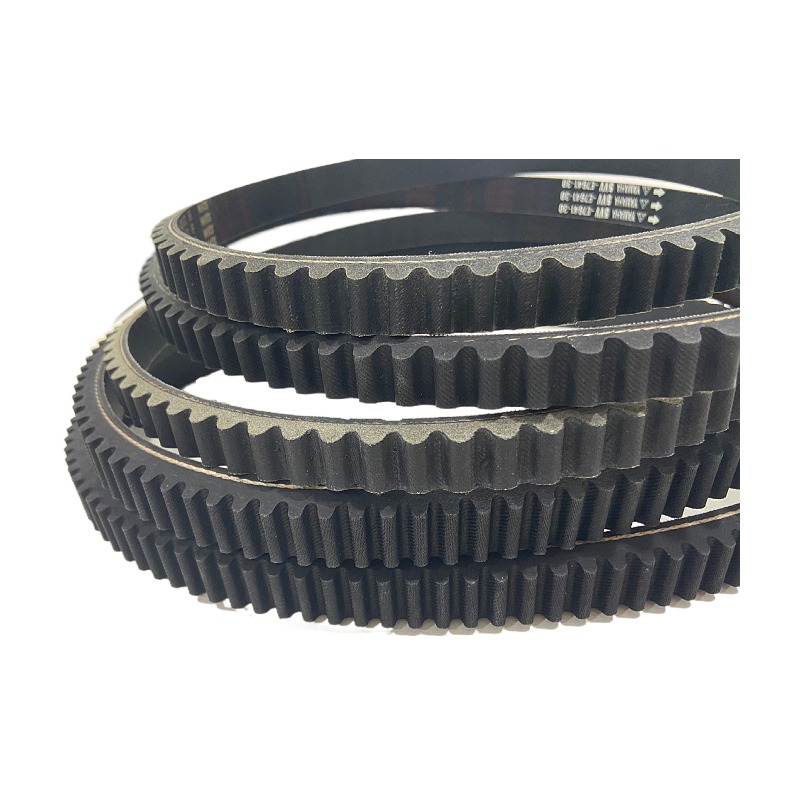- Arabic
- French
- Russian
- Spanish
- Portuguese
- Turkish
- Armenian
- English
- Albanian
- Amharic
- Azerbaijani
- Basque
- Belarusian
- Bengali
- Bosnian
- Bulgarian
- Catalan
- Cebuano
- Corsican
- Croatian
- Czech
- Danish
- Dutch
- Afrikaans
- Esperanto
- Estonian
- Finnish
- Frisian
- Galician
- Georgian
- German
- Greek
- Gujarati
- Haitian Creole
- hausa
- hawaiian
- Hebrew
- Hindi
- Miao
- Hungarian
- Icelandic
- igbo
- Indonesian
- irish
- Italian
- Japanese
- Javanese
- Kannada
- kazakh
- Khmer
- Rwandese
- Korean
- Kurdish
- Kyrgyz
- Lao
- Latin
- Latvian
- Lithuanian
- Luxembourgish
- Macedonian
- Malgashi
- Malay
- Malayalam
- Maltese
- Maori
- Marathi
- Mongolian
- Myanmar
- Nepali
- Norwegian
- Norwegian
- Occitan
- Pashto
- Persian
- Polish
- Punjabi
- Romanian
- Samoan
- Scottish Gaelic
- Serbian
- Sesotho
- Shona
- Sindhi
- Sinhala
- Slovak
- Slovenian
- Somali
- Sundanese
- Swahili
- Swedish
- Tagalog
- Tajik
- Tamil
- Tatar
- Telugu
- Thai
- Turkmen
- Ukrainian
- Urdu
- Uighur
- Uzbek
- Vietnamese
- Welsh
- Bantu
- Yiddish
- Yoruba
- Zulu
des . 15, 2024 08:54 Back to list
Cost Analysis of Engine Drive Belts and Their Impact on Vehicle Maintenance
Understanding Engine Drive Belt Costs Factors and Implications
When it comes to the maintenance of automotive systems, the engine drive belt is a crucial component that plays a significant role in the overall functionality of a vehicle. Typically made of rubber and designed to connect and drive various engine accessories, such as the alternator, power steering pump, air conditioning compressor, and water pump, the drive belt helps ensure that these systems work in harmony. However, the costs associated with engine drive belts can vary widely depending on several factors, which is what we will explore in this article.
Understanding the Types of Drive Belts
There are primarily two types of drive belts serpentine belts and V-belts. Serpentine belts are single, continuous belts used in modern vehicles to drive multiple accessories. In contrast, V-belts are older types of belts often used in older or simpler car designs, typically connected to a single accessory. The type of belt required will have a significant impact on overall costs, with serpentine belts generally being more expensive due to their advanced design and multi-functional capabilities.
Factors Influencing Drive Belt Costs
1. Material Quality The material used in the manufacturing of the belt significantly affects its price. Premium drive belts made from high-quality rubber compounds, reinforced with polyester or nylon, tend to be costlier but provide better durability and performance. Cheaper belts may save money initially but can lead to higher costs in the long run due to more frequent replacements.
2. Labor Costs The complexity of a vehicle's engine can influence labor costs significantly. Some vehicles are designed with easier access to engine components, making drive belt replacement a relatively straightforward task. In contrast, others require extensive disassembly, increasing labor costs. Therefore, it’s crucial to consider the make and model of your vehicle when estimating total costs.
engine drive belt cost

3. Brand and Warranty The brand of the drive belt can also affect price. Well-known manufacturers often charge more for their products, citing quality assurance and warranties. While these branded options may have a higher upfront cost, they typically offer better reliability, leading to fewer replacements and repairs over time.
4. Location and Market Variations The geographical location can sometimes dictate the pricing of automotive parts and labor. Urban centers may have higher labor costs compared to rural areas, which can add to the total expense of replacing a drive belt. It’s beneficial to compare prices from multiple sources, including local shops and national retailers, ensuring that you find the best deal.
5. Frequency of Replacement It is essential to note that drive belts are not indestructible. Most manufacturers recommend inspection every 60,000 to 100,000 miles and replacement as necessary. Understanding the lifespan of your specific type of belt and consistently monitoring its condition can prevent unexpected breakdowns and costs.
Long-Term Implications
While it may be tempting to opt for the cheapest belt available, it’s crucial to consider the long-term implications. A lower-cost belt may result in premature wear or failure, which could lead to more significant engine issues and higher repair costs. Investing in a quality drive belt and ensuring it is professionally installed can save money in the long run by reducing the frequency of replacements and the risk of engine-related failures.
Conclusion
In summary, the cost of engine drive belts is influenced by various factors, including material quality, labor intensity, brand reputation, location, and maintenance frequency. While upfront costs are a consideration, focusing on quality and longevity will provide better value over time. By adopting a proactive maintenance approach, vehicle owners can ensure that their drive belts function effectively, thus contributing positively to the overall performance and reliability of their vehicles. Understanding and budgeting for these costs can help avoid unpleasant surprises and ensure safe travels down the road.
-
Korean Auto Parts Timing Belt 24312-37500 For Hyundai/Kia
NewsMar.07,2025
-
7PK2300 90916-T2024 RIBBED BELT POLY V BELT PK BELT
NewsMar.07,2025
-
Chinese Auto Belt Factory 310-2M-22 For BMW/Mercedes-Benz
NewsMar.07,2025
-
Chinese Auto Belt Factory 310-2M-22 For BMW/Mercedes-Benz
NewsMar.07,2025
-
90916-02660 PK Belt 6PK1680 For Toyota
NewsMar.07,2025
-
drive belt serpentine belt
NewsMar.07,2025

